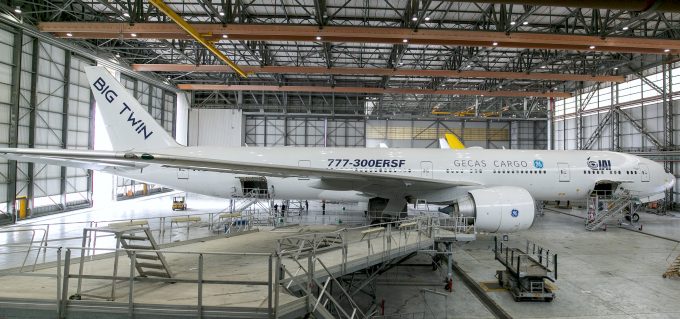Converted De Havilland Dash-8 freighter eyes new lease of life
Ethiopian, along with other airlines, could benefit after De Havilland of Canada (DHC) said it ...

With air freight capacity still well below 2019 levels and airlines predicting lower passenger traffic until 2023 or 2024, the freighter conversion market is heating up.
GE Capital Aviation Services (Gecas) and Israel Aerospace Industries (IAI) said today they were halfway through the development programme for the 777-300ER conversion, a “key milestone”.
The project has now moved from planning into physical modifications, a major step forward in the “Big Twin” initiative.
“We’ve begun executing on the dedicated freighter design developed by the IAI ...
Asia-USEC shippers to lose 42% capacity in a surge of blanked sailings
USTR fees will lead to 'complete destabilisation' of container shipping alliances
Outlook for container shipping 'more uncertain now than at the onset of Covid'
New USTR port fees threaten shipping and global supply chains, says Cosco
Transpac container service closures mount
DHL Express suspends non-de minimis B2C parcels to US consumers
Zim ordered to pay Samsung $3.7m for 'wrongful' D&D charges
Flexport lawsuit an 'undifferentiated mass of gibberish', claims Freightmate


Comment on this article